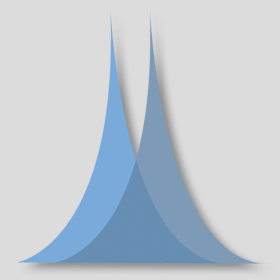News
Mon September 20, 2010
Monika Schleier-Smith wins Deutsch Award for Excellence in Experimental Physics at MIT in 2010
News type:
Sat March 27, 2010
Honorary Membership in Deutscher Hochschulverband for Wolfgang Ketterle
News type:
Fri January 1, 2010
Thermometry and Refrigeration in a Two-Component Mott Insulator of Ultracold Atoms
News type:
Fri January 1, 2010
Probing the Superfluid?to?Mott Insulator Transition at the Single-Atom Level
News type:
Fri January 1, 2010
Orientation-Dependent Entanglement Lifetime in a Squeezed Atomic Clock
News type:
